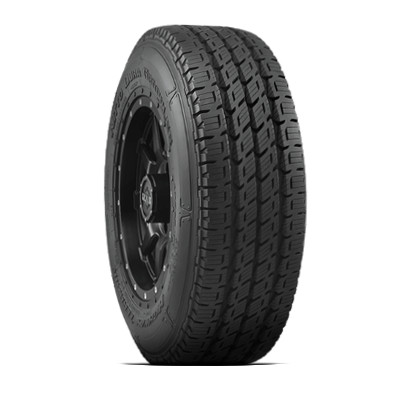TexasSixSeven
Observer
Yes 305/70. On a calculator sure they come out to 34.8. In real life the few 305s out there measure considerably larger. I’ll dig back through and see if I can find pics I took a couple years ago when I replaced mine.I think you mean 305/70r18... couldn't find any 75s. They are both nominally 34.8", but since 35s are typically 34.6", they are taller.
There is one 305/70r18 that is quite large though, the Nitto Dura Grappler which is 35.28" and 12.8" wide on a 9" rim.

When I say considerably I guess I should clarify. Most are measuring around 35.3-35.6. The Duratracs in 285 are on the small side around 34.6. The only other 285s I looked at measured under 35 as well.
Last edited:
